Uxmal is mind-blowing! It is larger, truly a city, and far from the resort areas—quiet and peaceful. Uxmal is a Mayan city that flourished around the same centuries as Chichen Itza. But while Chichen Itza has one main star—the pyramid—Uxmal is a complete “city”! Uxmal belongs to the Puuc culture, which focused on secular buildings and paid great attention to facade decorations. The atmosphere is completely different! Also, the fact that package tourists don’t make it here and that there are no street vendors inside adds to the immersive experience!
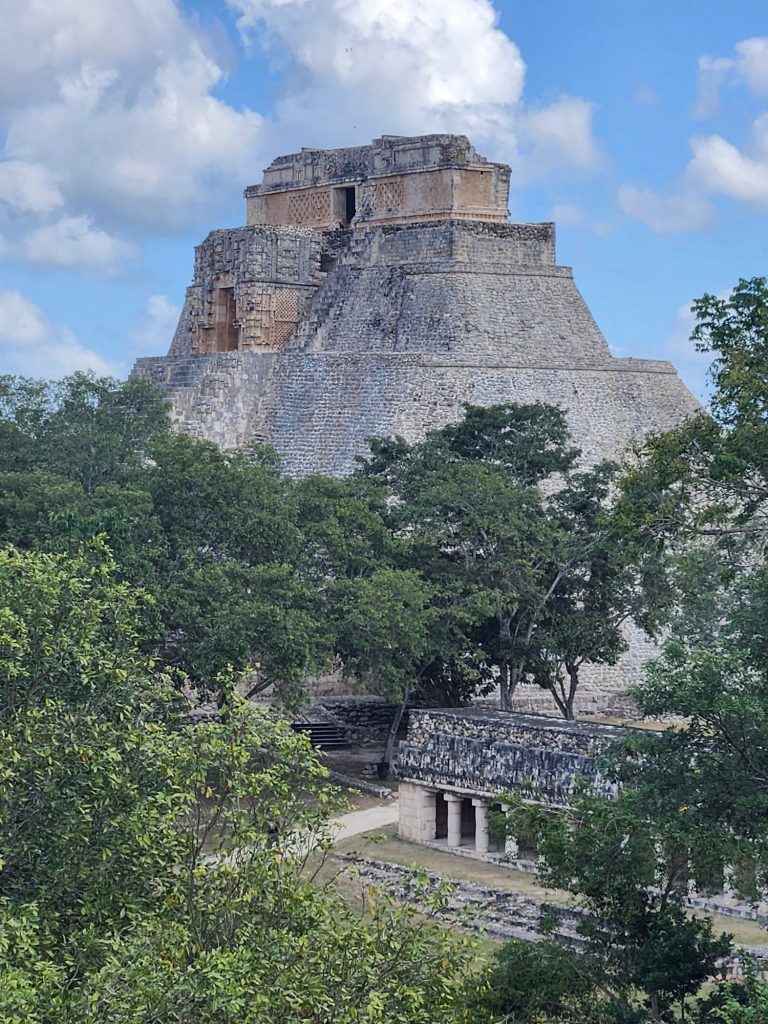
The first thing we see is the “Pyramid of the Magician” (also translated as “the Soothsayer”). It differs from other Mayan pyramids because it has an oval base and a well-preserved temple at the top.
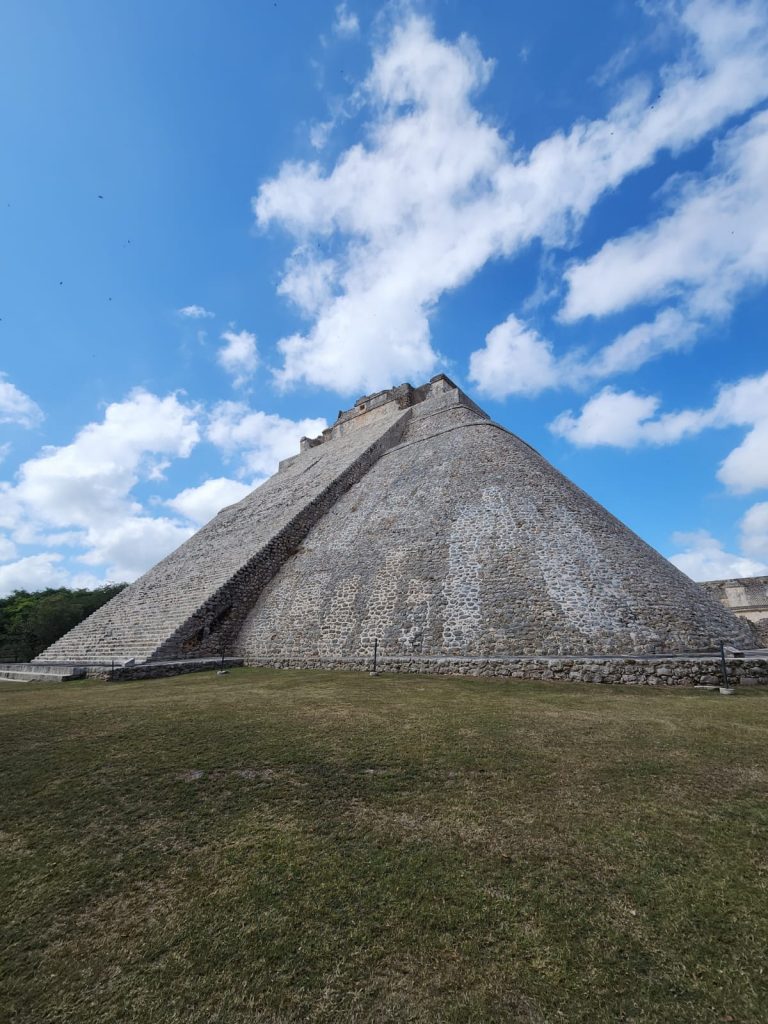
But the pyramid is not isolated; it is surrounded by a courtyard with very interesting decorations—somewhat like “stucco work,” I would say.
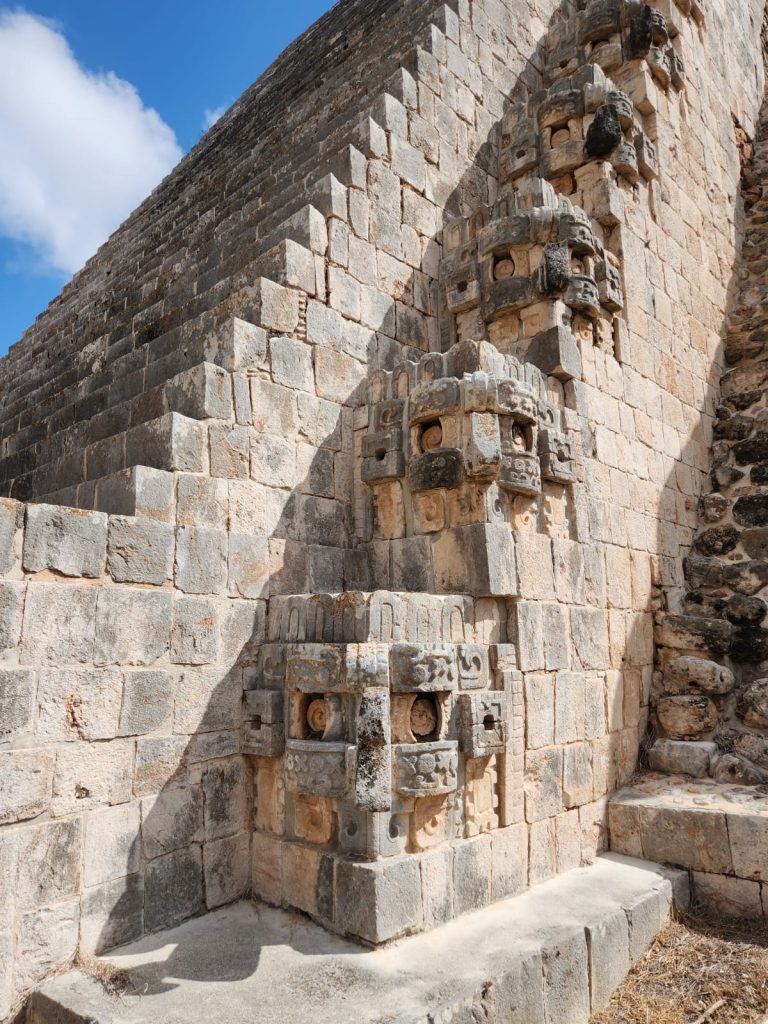
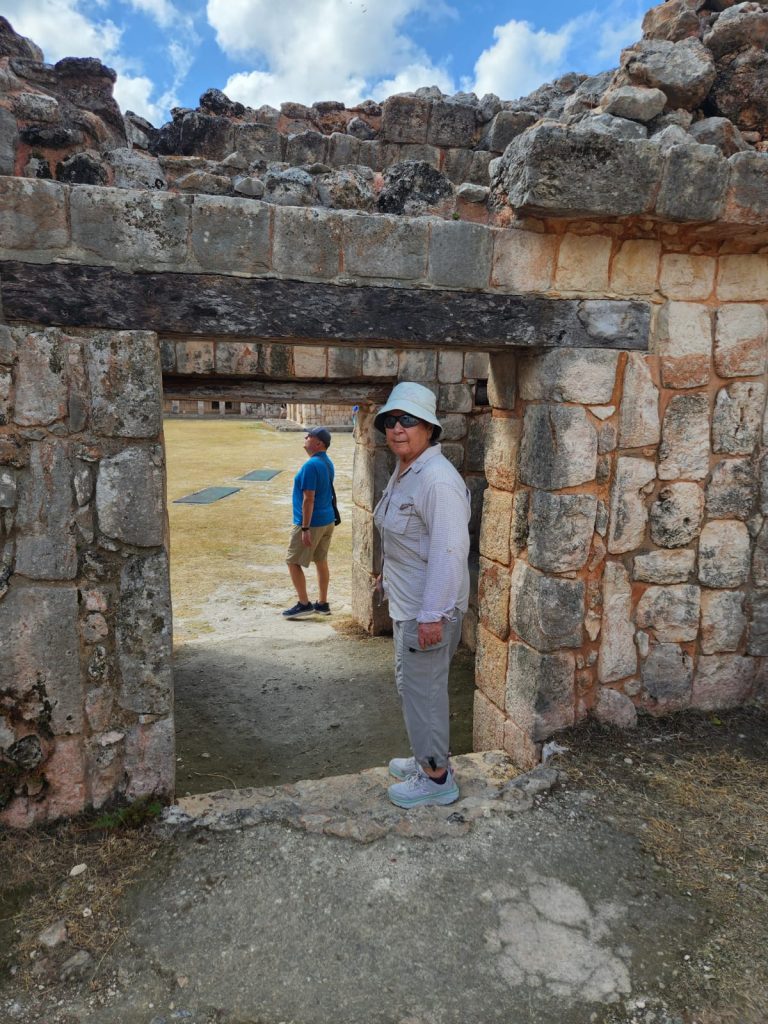
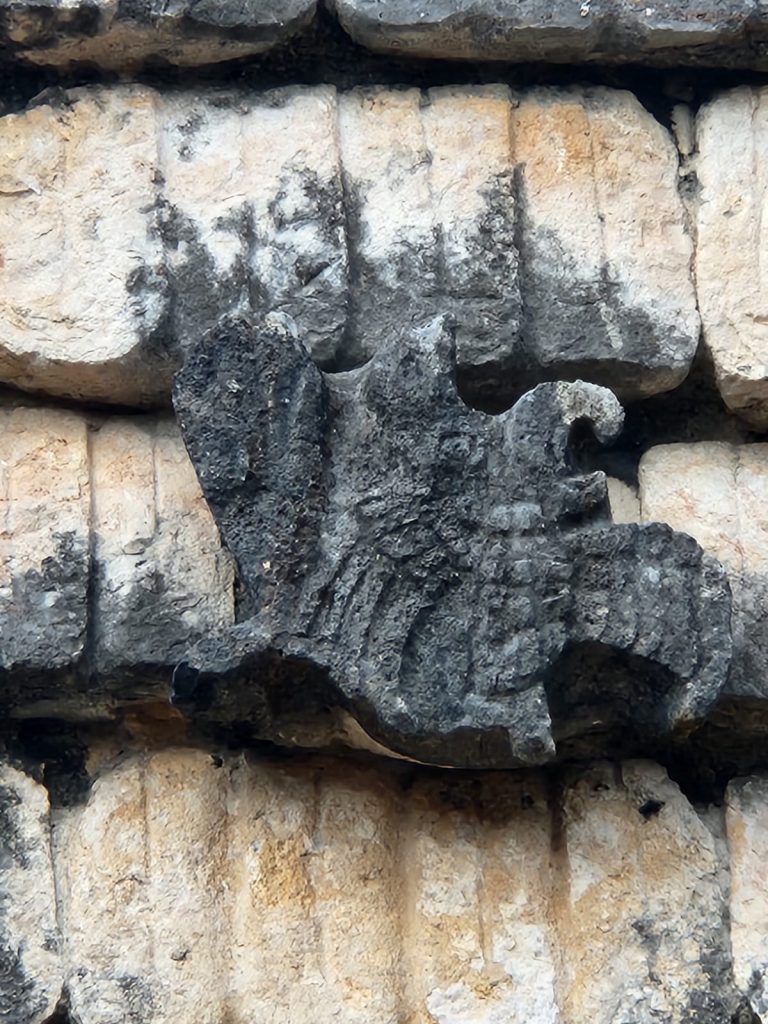

Next, we enter the “Nunnery Quadrangle” (believed to have been administrative buildings).
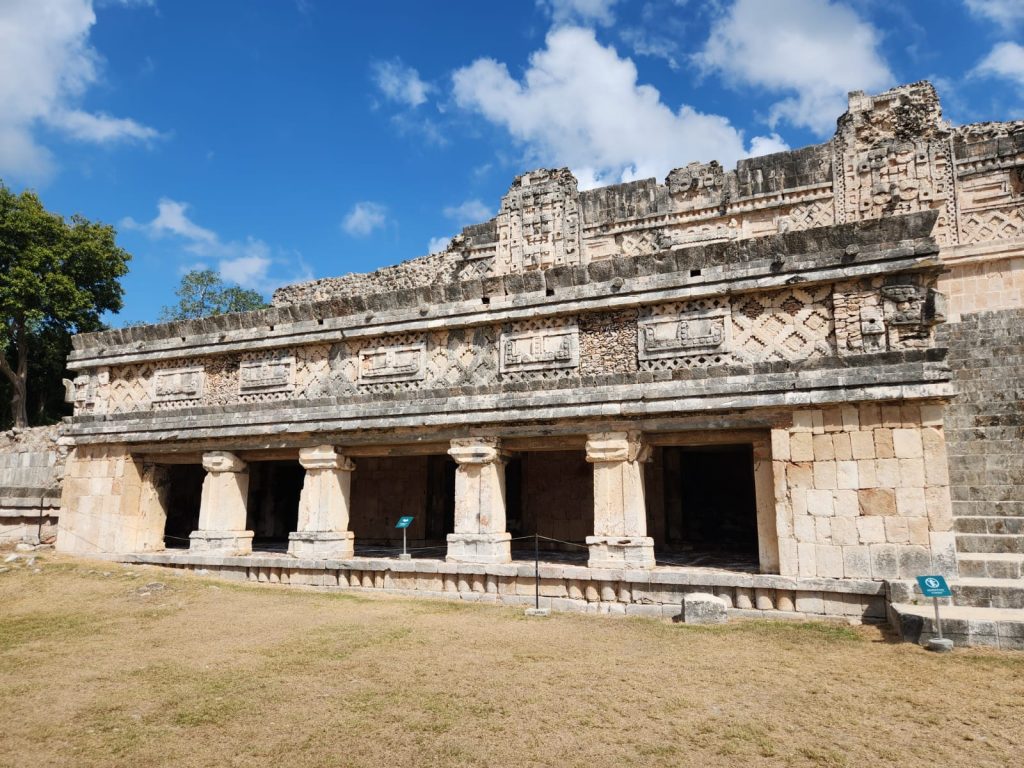
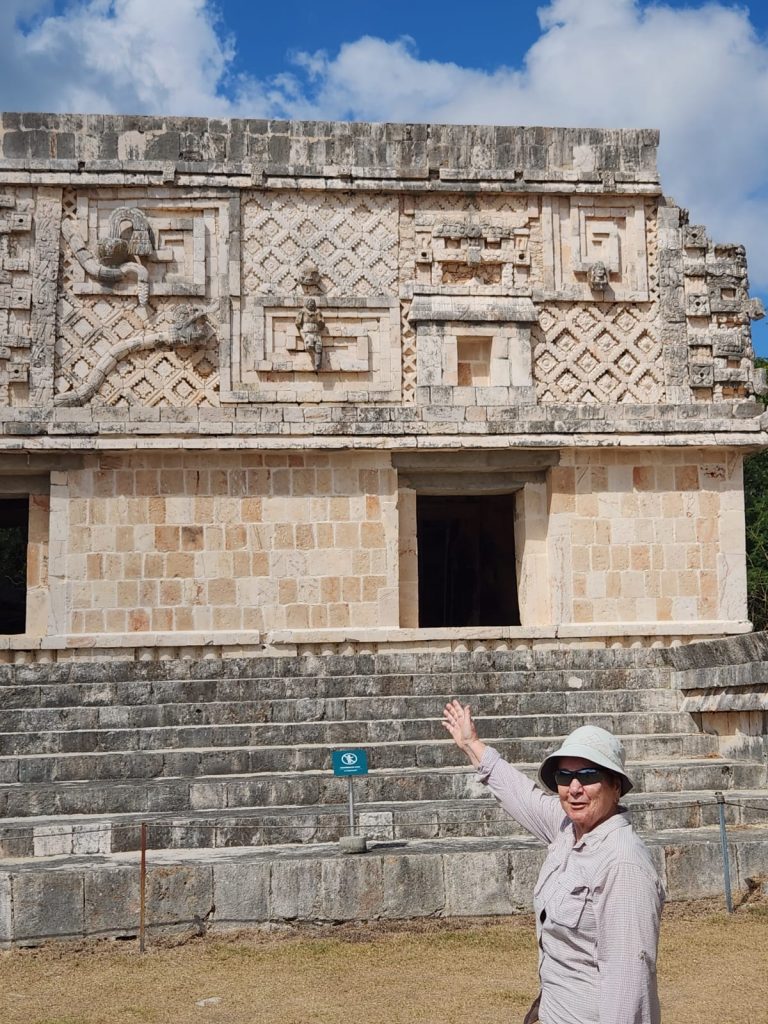
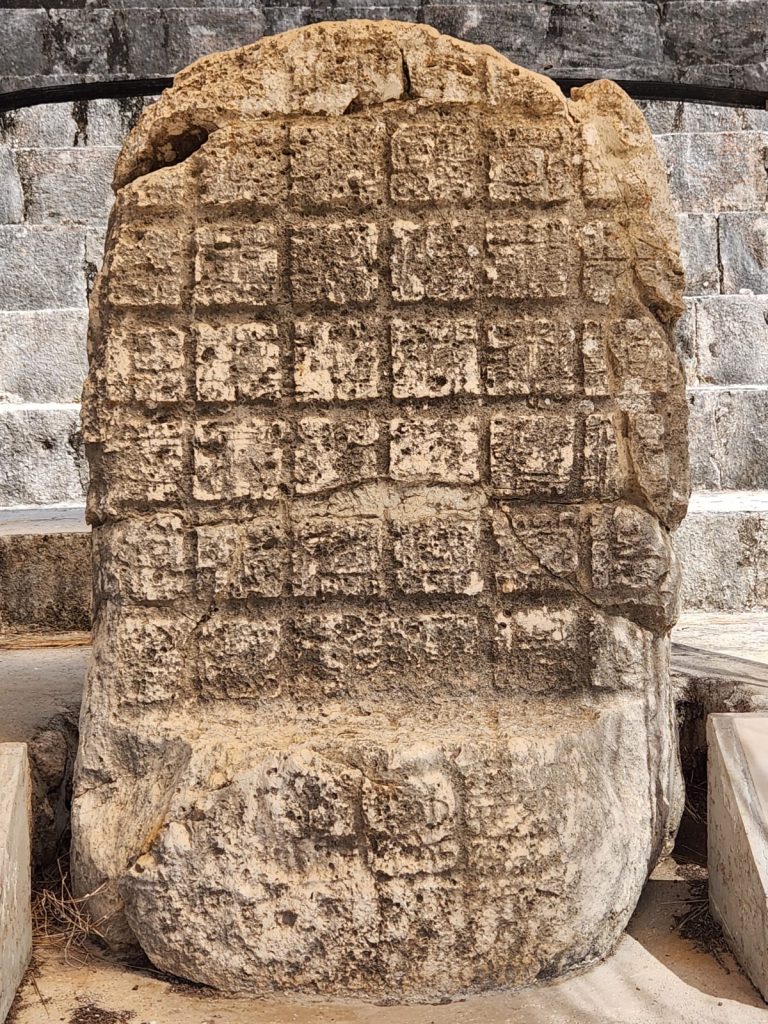
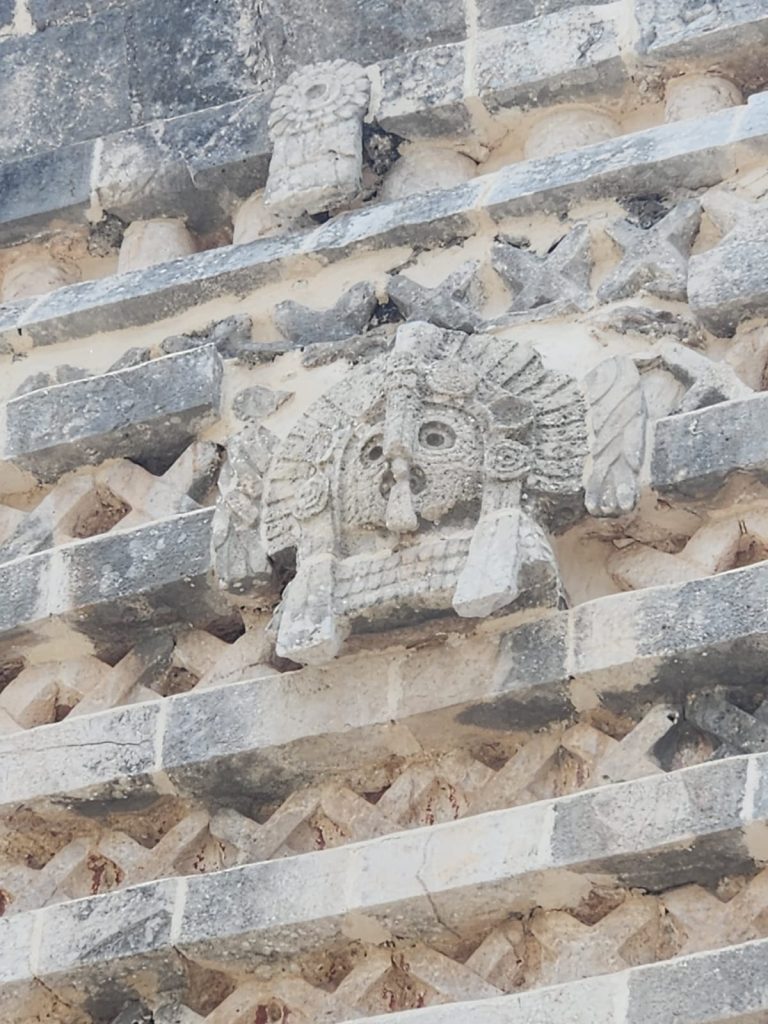
Interestingly, the archways and doorways are quite low, while the steps are high. It’s unclear what kind of people they were designed for. Pay special attention to the Mayan arches:

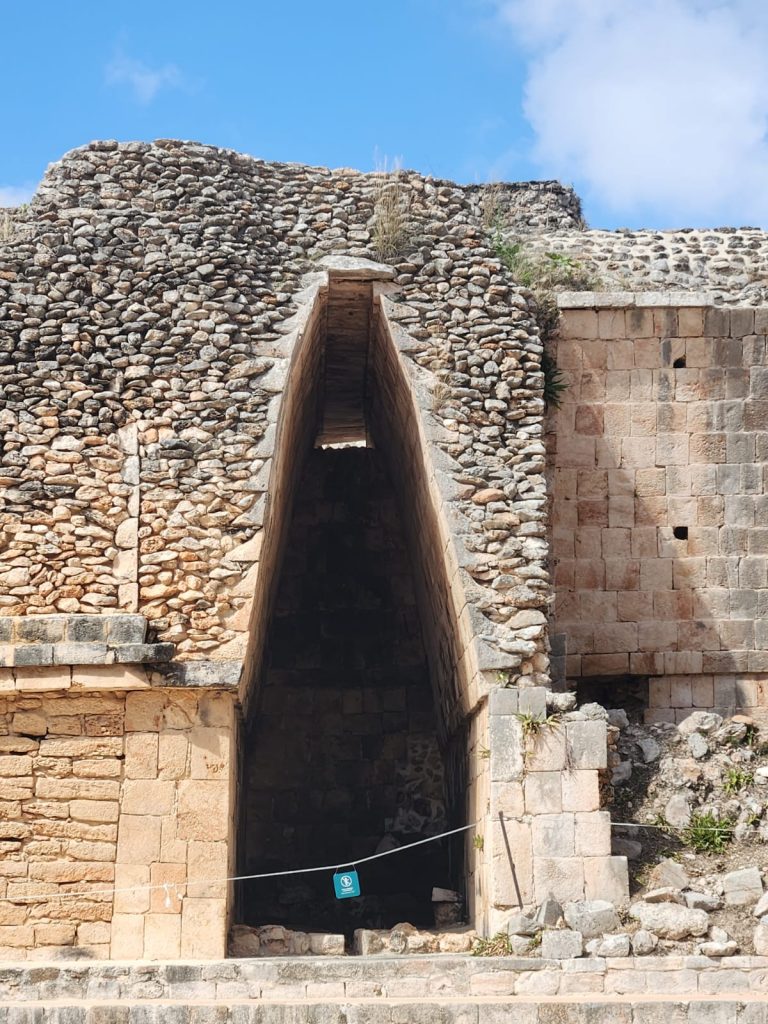
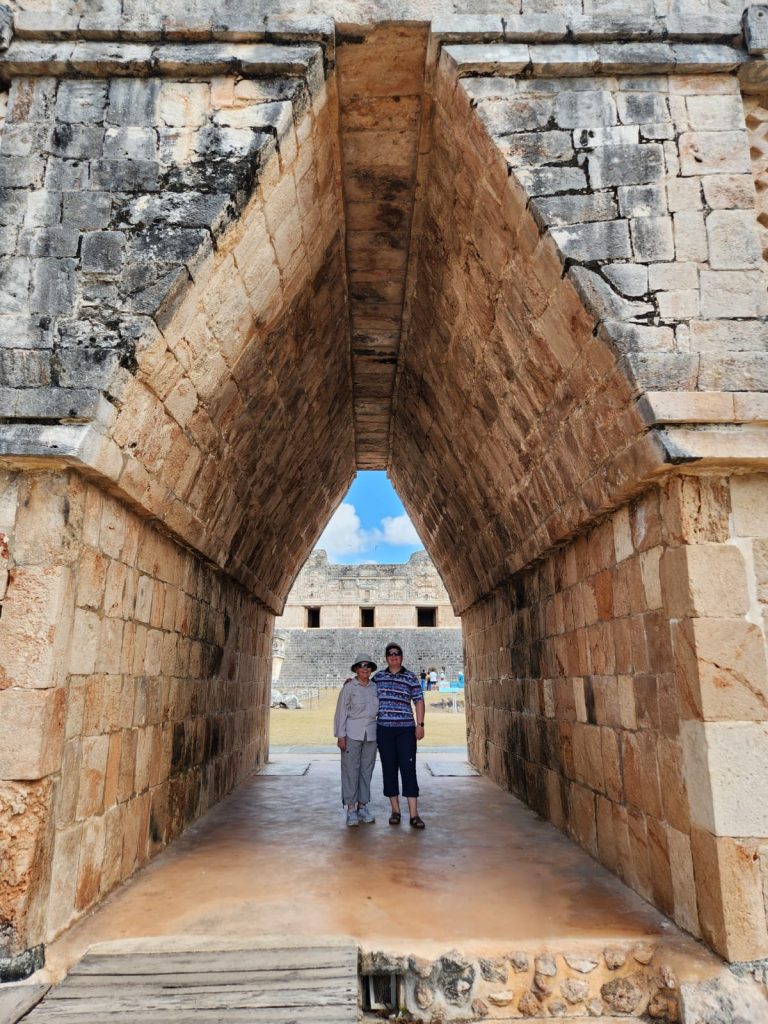
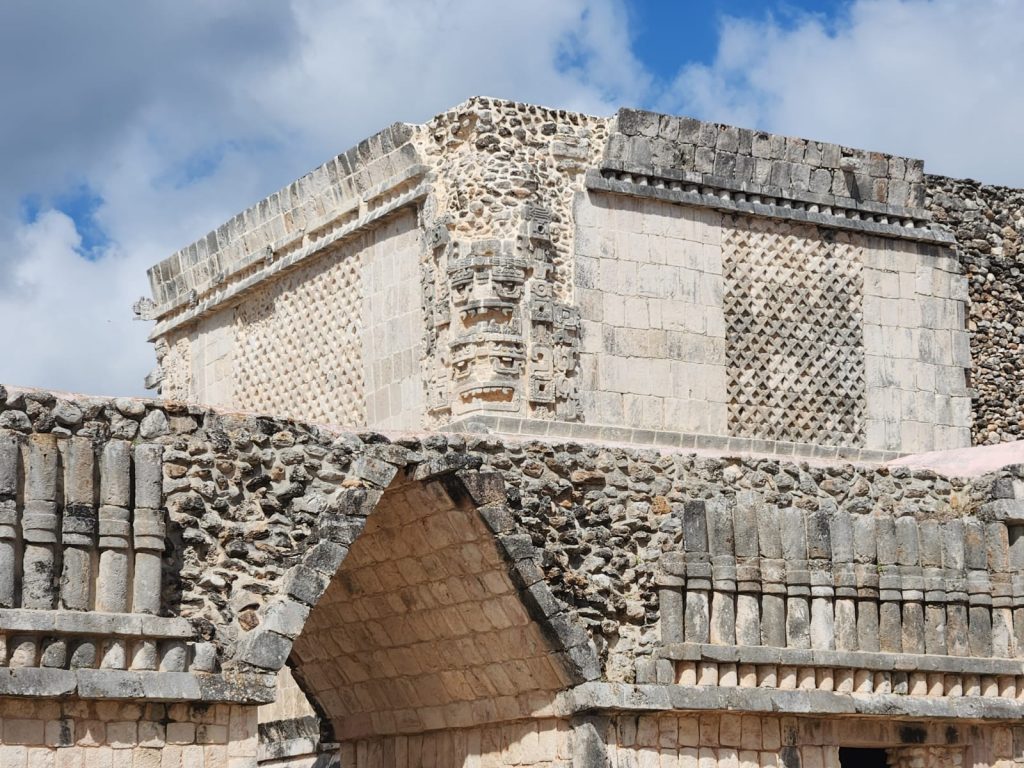
We continue through the ball court and arrive at another pyramid. However, only one side has been restored, which nicely demonstrates how it was originally built:

Next, we see the oldest building in the complex: the “House of the Doves.”
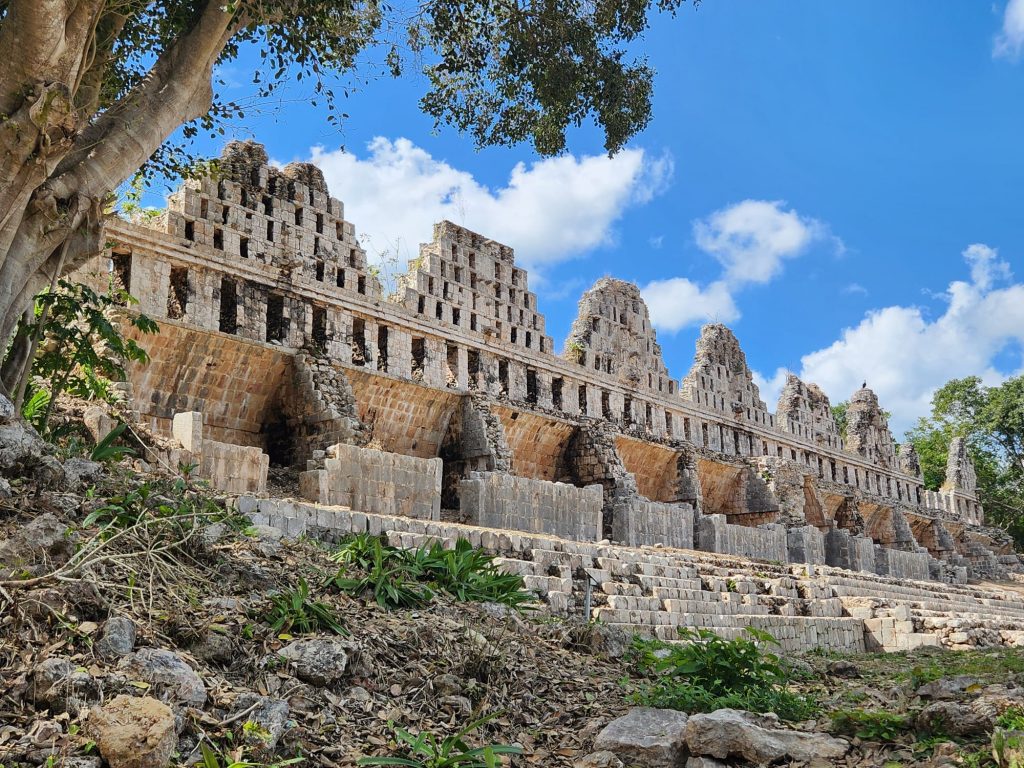
The final highlight is the Governor’s Palace, full of intricate details, with a throne in front of it shaped like two jaguars.
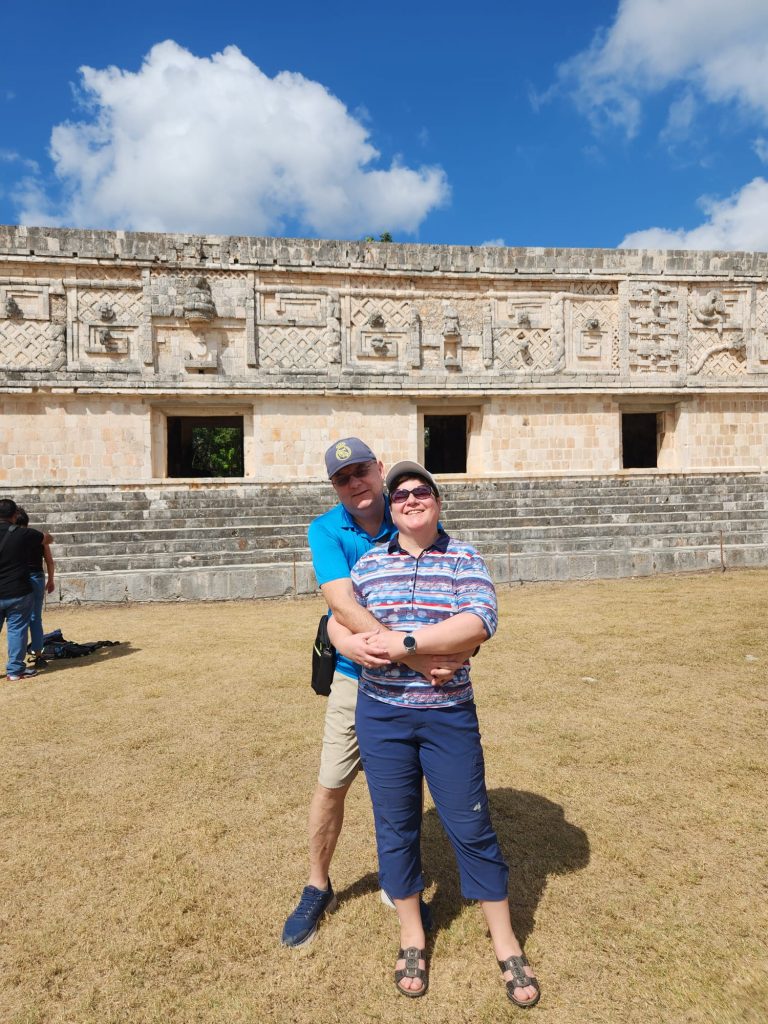
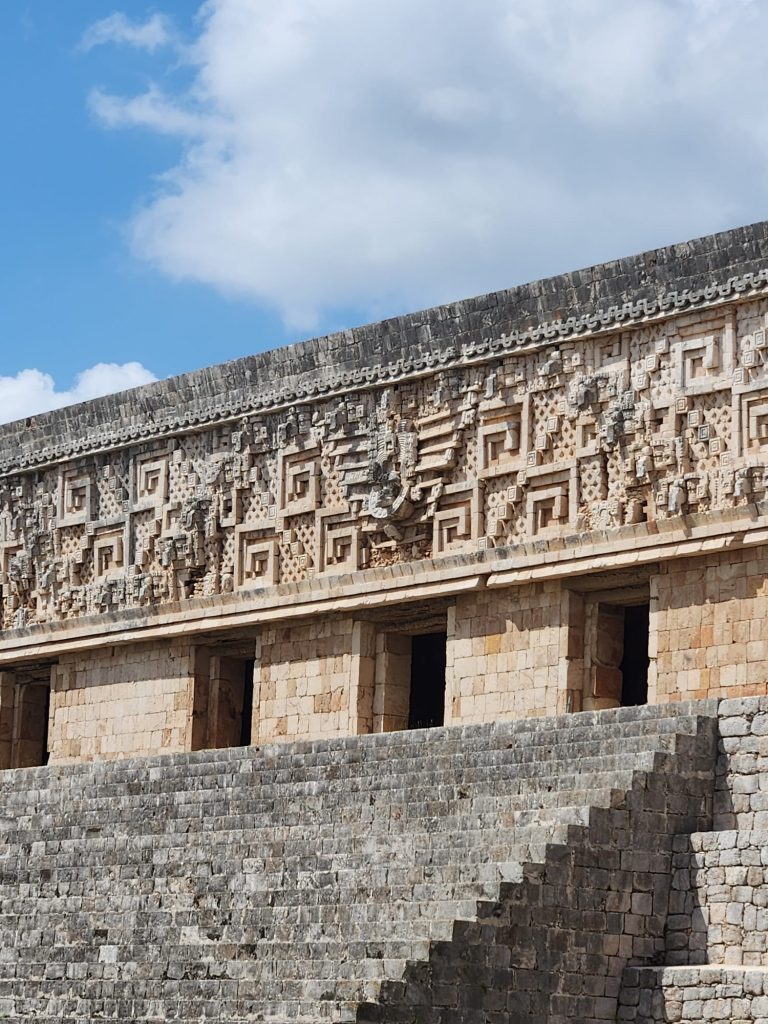
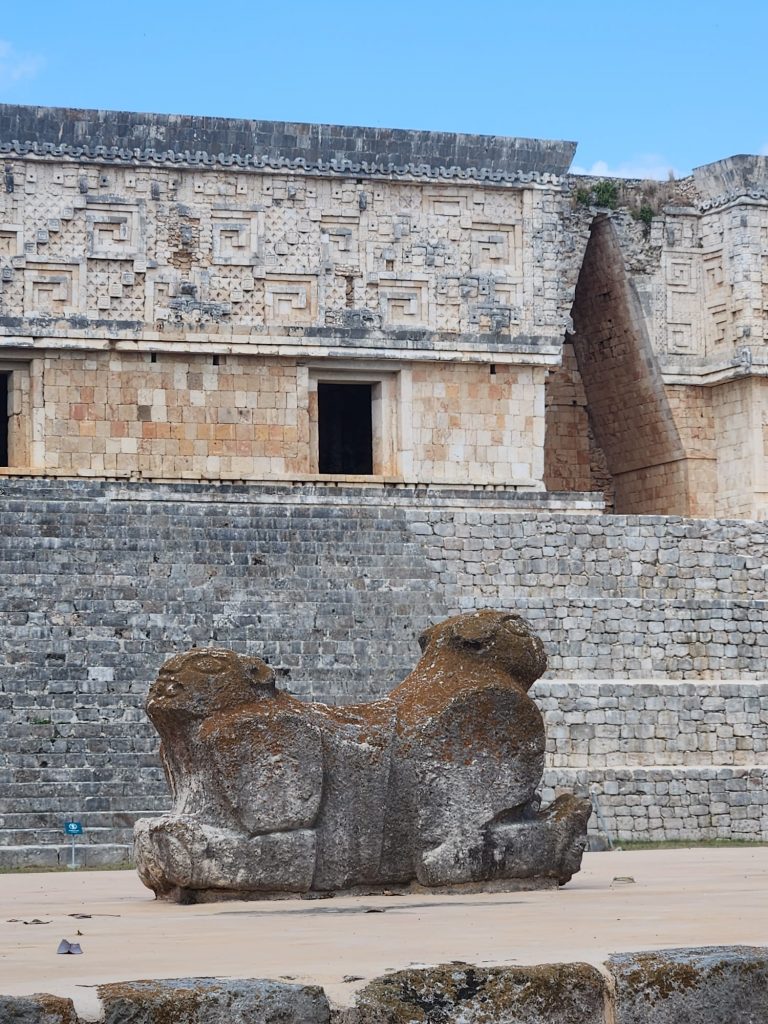
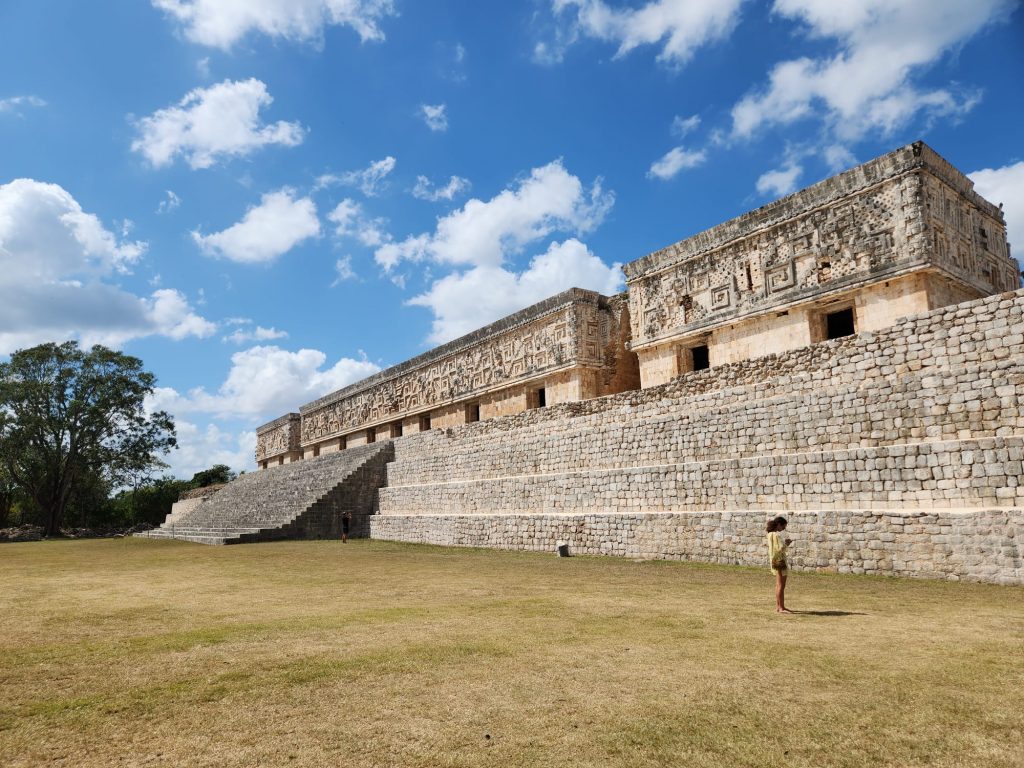
I think this is more than enough to inspire anyone visiting Mexico to make the journey to this unique place! It’s a challenge for a one-day trip but not impossible—366 km, a 4-hour drive one way from Playa del Carmen. Or stay overnight. By the way, Mexican roads are impressive—wide with good interchanges. Although! Afterward, we went to swim in a cenote (a Mexican tradition of swimming in freshwater sinkholes, both underground and open-air), and the last 2 km were on a dirt road!
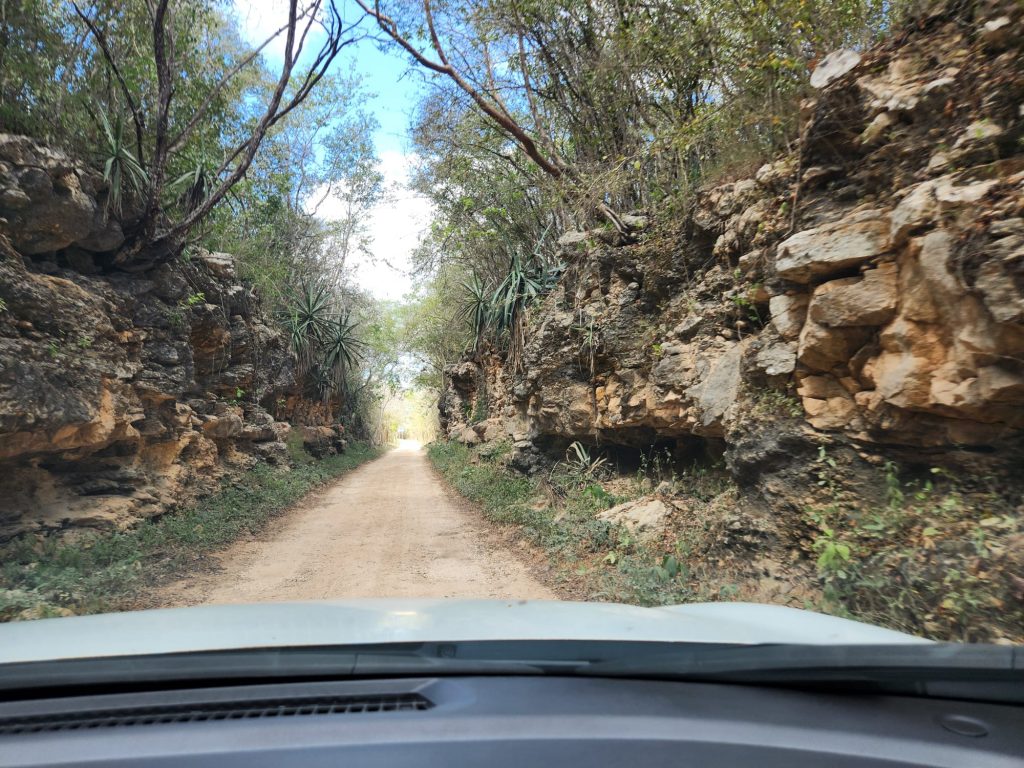
Funny fact: Now, all these archaeological sites have two separate ticket offices and two consecutive turnstiles—one for the Mexican government and one for the municipality. Money collected separately!

